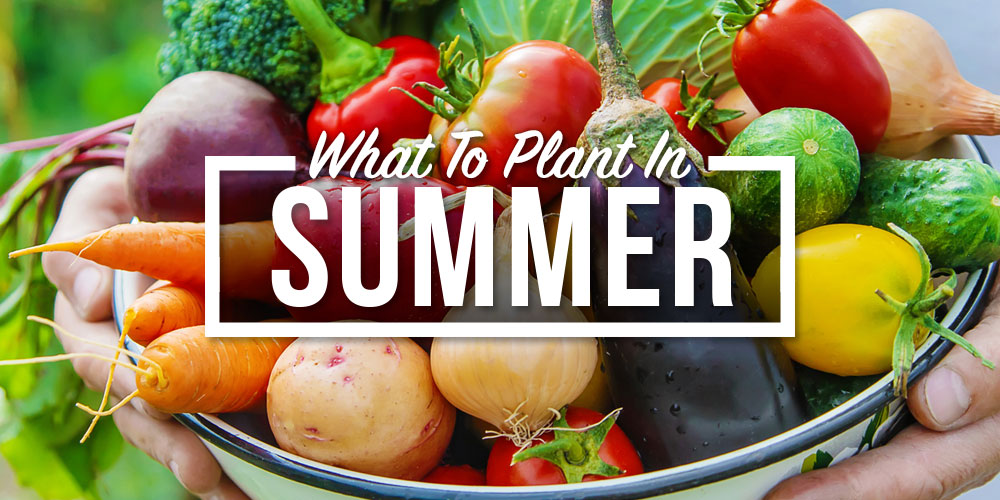
NAVIGATION
Knowing what to plant in summer is a great way to ensure you’re getting the best return on the effort you’re putting into your gardening. When I invest space, money, and hard work into my garden, I want to see my efforts rewarded with a superior harvest. Knowing the right mix of summer vegetables to grow is strategic gardening at its finest and is helpful to ensure bountiful growth.

Hi, I’m Ryan
Over the years, I’ve learned that summer garden plants are some of my favorites on the homestead. Plus, I love that summer planting is so busy. The watching and waiting of the colder months get replaced by the daily work of watering and weeding. Then, my dedication pays off with heaps of fresh vegetables making their way to my table.

How Do You Know What To Plant In Summer?

You can fertilize your soil and start your seedlings, but if you plant them too early or too late, they just won’t thrive. I’ve created this reference chart with planting dates to help guide your summer vegetable planting.
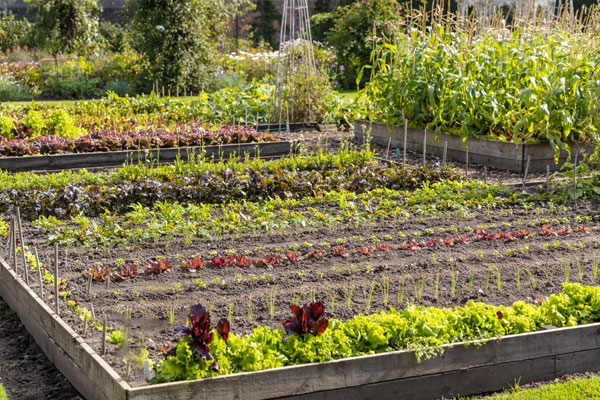
| Vegetables | Planting Date | How To Sow |
|---|---|---|
| Tomatoes | June 1 | Seedling |
| Beets | June 1 | Direct Sow |
| Carrots | June 5 | Direct Sow |
| Parsnips | June 5 | Direct Sow |
| Pumpkin | June 5 | Direct Sow |
| Squash | June 5 | Seedling |
| Zucchini | June 5 | Seedling |
| Eggplant | June 10 | Seedling |
| Lettuce (second round) | June 10 | Direct Sow |
| Cucumbers | June 10 | Seedling |
| Beans | June 10 | Direct Sow |
| Edamame | June 15 | Direct Sow |
| Melons | June 15 | Direct Sow |
| Swiss Chard | June 15 | Direct Sow |
| Scallions (Green Onion) | June 15 | Direct Sow |
| Corn | June 15 | Direct Sow |
| Peppers | June 15 | Seedling |
| Lima Beans | June 15 | Direct Sow |
| Snap Peas | June 15 | Direct Sow |
| Sweet Potatoes | June 15 | Direct Sow |
| Onions | June 15 | Direct Sow |
| Cabbage | June 15 | Direct Sow |
| Kale | June 15 | Direct Sow |
| Basil | June 20 | Seedling |
| Radishes (second round) | July 1 | Direct Sow |
| Okra | July 1 | Seedling |
| Broccoli | July 10 | Seedling |
| Cauliflower | July 10 | Seedling |
| Collards | July 10 | Seedling |
| Leeks | July 10 | Seedling |
| Parsley | July 15 | Seedling |
| Brussels Sprouts | August 1 | Seedlings |
| Mustard Greens | August 1 | Direct Sow |
| Turnips (second round) | August 1 | Direct Sow |
| Spinach | August 10 | Direct Sow |
| Arugula | August 10 | Direct Sow |
Here in the Carolinas, some plants slow their growth in the heat of the summer. I usually plant some vegetables that get established early, like radishes and carrots, before it’s super hot. I can begin harvesting those while other veggies get going later in the season. By the way, this is why pumpkins are associated with Halloween — they just don’t grow earlier in the year!
Summer Vegetables to Grow: How To Start Seed Planting

When planning what summer vegetables to grow in June, July, and August, I recommend you start prepping several months before summer, ordering and organizing your seeds, and starting some inside so they can germinate before being transplanted outdoors.
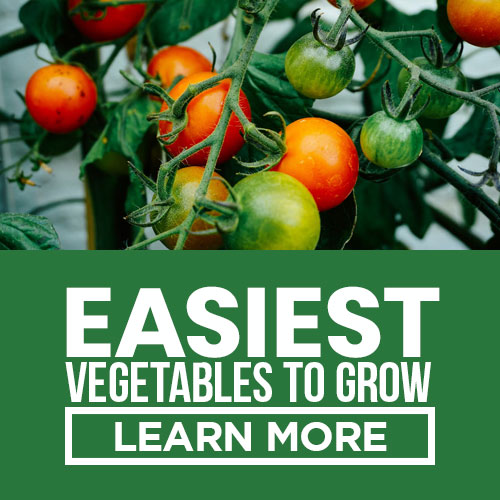 You want to start your seeds in a growing medium like vermiculite, an additive that helps manage water retention and drainage, mixed with soil. Water and light are critical, but read the seed packets to understand each plant’s ideal growing conditions. Some plants, like lettuce and kale, have shallow root systems and like more moisture, while others won’t thrive if they’re drowning.
You want to start your seeds in a growing medium like vermiculite, an additive that helps manage water retention and drainage, mixed with soil. Water and light are critical, but read the seed packets to understand each plant’s ideal growing conditions. Some plants, like lettuce and kale, have shallow root systems and like more moisture, while others won’t thrive if they’re drowning.
To me, it makes the most financial sense to start seeds on your own, especially if you’re homesteading on a budget. However, buying seedlings is an option if some of your favorite summer vegetables don’t thrive or you want to try some different veggies to plant in summer. Trading with neighbors is another easy way to diversify your garden.
I like growing varieties of heirloom tomatoes — some are great for salads, others in sauces or sandwiches. With proper planning, it’s amazing the diversity of food you can grow on your own land.
Successfully Transplanting Seedlings From Indoors
It may not seem like there’s much to transferring the seedlings of your summer garden plants from the indoors to the outdoors, but there are some important things to remember. After familiarizing yourself with gardening basics, be sure you’ve prepared the garden beds well, turning the soil with a hoe and adding some compost from your compost pile.
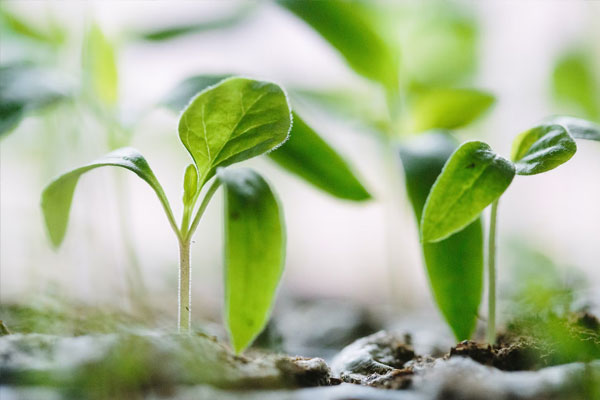 Once the soil is ready, use a hand trowel to make the proper-sized holes in the soil of your garden beds. Keep the seedlings hydrated — this is most important for the first several days after transplant.
Once the soil is ready, use a hand trowel to make the proper-sized holes in the soil of your garden beds. Keep the seedlings hydrated — this is most important for the first several days after transplant.
Watch the weather forecast to be sure that you aren’t transferring the delicate starts on a severe weather day with unrelenting heat or a rain or hail storm that will wipe out your hard work.
When you design your homestead layout, be sure to leave space between the garden beds so that each area can easily be reached for maintenance, such as planting, watering, weeding, and harvesting.
Best Techniques For Summer Seed Planting
Some seeds do best outdoors, planted directly into the soil of your garden beds. At the right time of year, they germinate and grow quickly, and summer is one of those times that offers intense growth. Some summer vegetables that can be directly sown include many types of beans and greens like chard and kale.
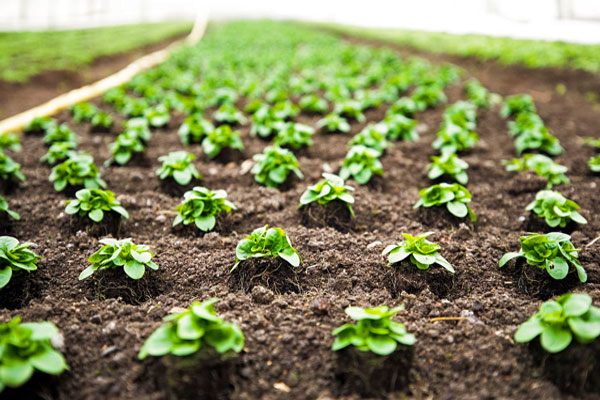 To sow these seeds directly in the ground, choose a clear day and plant the seeds, keeping in mind the specific instructions on each seed packet regarding how deep to situate each seed and how far apart to space them. Keep the seeds well-hydrated without flooding the beds, especially for the first two weeks. If you’re lucky, this could take the form of summer precipitation or watering that you do manually or with an irrigation system.
To sow these seeds directly in the ground, choose a clear day and plant the seeds, keeping in mind the specific instructions on each seed packet regarding how deep to situate each seed and how far apart to space them. Keep the seeds well-hydrated without flooding the beds, especially for the first two weeks. If you’re lucky, this could take the form of summer precipitation or watering that you do manually or with an irrigation system.
Once the plants are growing, thin the crops that grow the quickest, allowing the strongest plants to have more space to grow by removing the weaker, smaller ones. At first, I found this counterintuitive — isn’t having more plants better? That was until I harvested some carrots all knotted together underground! The practice of weeding out will help ensure that the summer vegetables you harvest are in prime condition for eating or preserving, whether it’s by canning or dehydration.
Whether a summer vegetable is planted as a seedling or directly sown, be sure to stay on top of weeding during those important first few weeks, because weeds can quickly dominate your seedlings’ growing space and make it difficult or impossible for them to thrive.
What Are The Best Tools For Your Summer Garden Plants?

Assembling the tools you’ll need to maintain your garden is a great way to set yourself up for success. When it comes to tools, I keep a “quality over quantity” mindset — you don’t need a huge number, but you want the ones you have to stand up to heavy use. A good pair of gloves, as well as a hoe, garden fork, spade, and hand trowel, are all indispensable to the gardener year-round.
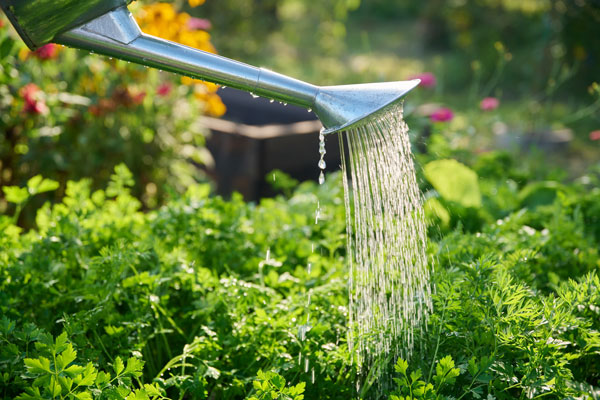 There are some tools that I find helpful, specifically in the summer. If you live in a more arid climate, you will need to choose the right type of watering implement for these hottest months of the year. I use a watering wand, a hose attachment that mimics gentle raindrops and can be directed to particular areas to help keep my seedlings hydrated without damaging the delicate plants.
There are some tools that I find helpful, specifically in the summer. If you live in a more arid climate, you will need to choose the right type of watering implement for these hottest months of the year. I use a watering wand, a hose attachment that mimics gentle raindrops and can be directed to particular areas to help keep my seedlings hydrated without damaging the delicate plants.
For a run of scorching days without the relief of clouds or rain, shade covers can also be an invaluable tool to protect young plants or those that don’t tolerate extreme heat. These are easy to set up and commonly take the form of a mesh panel elevated and fixed in place by poles.
Summer Vegetable Gardening With Succession Planting

As a slow food enthusiast, I try to grow most of what I eat on my homestead. One way I like to keep myself well-stocked on fresh foods is through succession planting. This means growing another crop of something after the first crop has run its course. This is possible with vegetables that grow quickly earlier in the season — think radishes and lettuce.
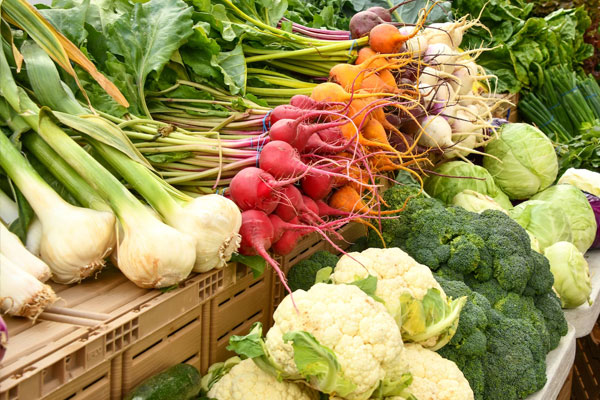 It’s important to remember that some plants, like spinach, do not grow well at the peak of the summer heat, so consider this when choosing what to plant in summer. It’s also important to remember that your first round of summer vegetables may have sapped the soil of nutrients. This is when having a compost pile comes in handy — you can blend more in to power up the soil for your next round of summer vegetable gardening.
It’s important to remember that some plants, like spinach, do not grow well at the peak of the summer heat, so consider this when choosing what to plant in summer. It’s also important to remember that your first round of summer vegetables may have sapped the soil of nutrients. This is when having a compost pile comes in handy — you can blend more in to power up the soil for your next round of summer vegetable gardening.
Knowing what to plant in summer is the foundation on which your entire garden (and pantry!) will thrive. Working your plan is easy once you have the right plants in place.
Your Turn!
- If you tried succession planting, which vegetables would you start with?
- Where can you set up a grow zone for seedlings in your home?

Leave a Reply